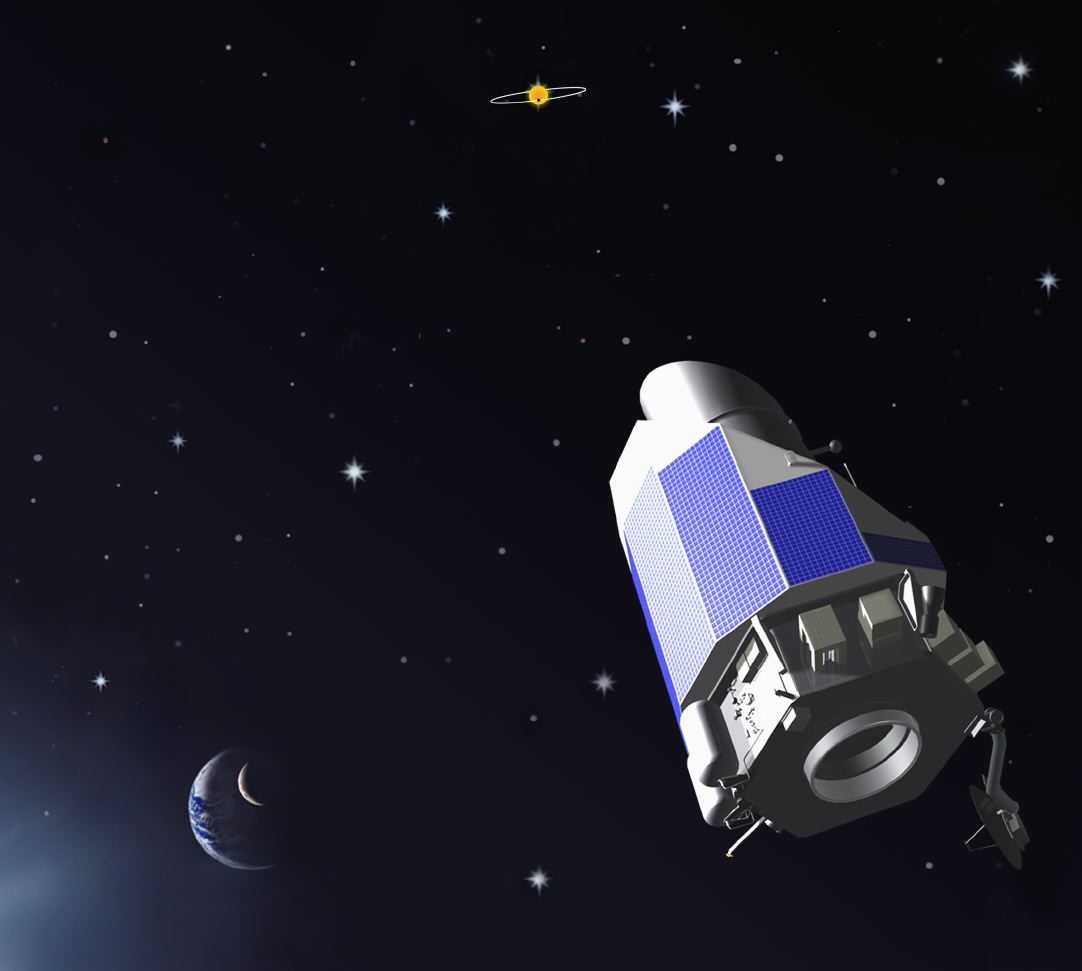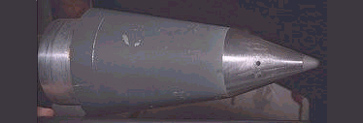By Frank Larsen
The Experimental Aircraft Association (EAA) AirVenture in Oshkosh, Wisconsin, is one of the biggest aircraft shows in the world, and it is also a huge public relations event for NASA.
I was there in 1999 representing Ames Research Center. It was my first time at Oshkosh, and I was thrilled to be there. I’d heard about the show for years, how popular it is with the public, and all the amazing things that you can see there. Research aircraft, future aircraft, old aircraft — just about anything you can imagine in aviation is there. Even inflatable wings!
NASA likes to show off some of the things we’ve done historically in aeronautics, as well as some of the things we’re doing now and are planning for the future. Craftsmen from some of the NASA Centers shared a table in one building. My background is in manufacturing, but I work now as a liaison between manufacturing and designers, helping designers see their ideas realized. But I was a craftsman for a long time, so I went there with a display about the history of manufacturing at Ames, and felt right at home being part of the craftsman display.
I’d never met any of these guys before, but we hit it off immediately and started talking. It was clear that we were all excited about the work we were doing back at our Centers. For instance, I learned from Steve Nevins of Langley that he had equipment for rapid prototyping that I didn’t have at Ames, especially the stereolithography capability, and I was like a kid again listening to my dad show me what he had in his tool box.
A few months after I got back from Oshkosh, a project came along to build landing gear, and the customer needed it done quickly for an acoustic wind tunnel test. The shape of the gear was so complicated that the only way to do this quickly was to build the mock-up gear with stereolithography tools, and that’s when I thought back to my meeting with Steve Nevins at Oshkosh.
I had never worked with another fabricator from another NASA Center. To be honest, I didn’t know if there was a way for me to use his services.
I called Steve up, and we talked about the project. He told me to send him some computer drawing files electronically so that he could see what I was talking about. I sent the files over the Internet and while we were on the phone, he started asking questions about my requirements, such as how thick the walls needed to be, etc.

A cross-sectional view of the Global Hawk unmanned security aircraft, which will provide highly detailed images of large geographic areas.
Not long after our phone conversation, he came back with how long it would take him and how much material he would need — and it was about one-third the cost of what I would have to pay at home, in Silicon Valley where Ames is located. To me it seemed like a no-brainer. Why pay to use a vendor’s equipment when we (NASA) have it already?
But there was still a problem of how to get Steve to do the work for me. I started looking into it and people said it wasn’t easy to exchange monies between Centers. For instance, hourly labor rates differ from Center to Center based on cost-of-living adjustments, and all that had to be figured in, too. It would seem simple, but it never is.
I needed to get the parts made as soon as possible to satisfy my customer. Finally, I said to Steve, “How about if I just pay you in replacement stereolithography material?”
He said, “Hey, that would be great with me.” And so, that’s what I did.
I didn’t pay for his labor directly, but I supplemented his labor costs by buying additional material that he could use later. I got what I needed at one-third of what it was going cost me to use an outside vendor. Plus, I was keeping him busy with interesting and challenging work. He got to put his machine to work making my complex parts.
The bottom line is NASA got a better deal, and Steve and I established a working relationship that continues to this day. I’ve used Steve’s services on at least three or four other projects.
Since that first job, I’ve learned that there is in fact a way that he and I can work together through something called the “NASA Fabrication Alliance,” which consists of all of the fabrication divisions at NASA’s ten Centers. This allows us to get things done in a smarter way. Until I was in need of something like this, I’d never heard of it. But through the Alliance this sort of collaboration between NASA Centers has become routine and I was able to tap into that to put Steve to work on my projects.
I shake my head every time I think about the irony. No matter what I knew or didn’t know about the Fabrication Alliance, had I not met Steve at Oshkosh I’d probably never have benefited from his expertise and ability to help me. Nor would NASA, for that matter. Here we were all working for the same Agency, doing much the same kind of work, and it was a public relations event of all things where we finally got the chance to meet and learn about one another’s work.
It just goes to show the variety of ways in which we can forge fruitful working relationships, and that opportunities exist to collaborate through events we might not expect could lead to that.
Lessons
- Partnerships may spring up from informal meetings with colleagues. Look at all such occasions as potential opportunities to extend your network.
- Cooperation based on a clear win-win relationship enables the development of simple, innovative, and pragmatic solutions, which in turn lead quickly to desired results.
Question
What are other approaches to enabling practitioners at different NASA Centers to collaborate on projects?
Read more about aviation projects at NASA:
PERT Charts Take Precedence
ASK Talks with Cathy Peddie
Getting Politically Active
Stumping for the Project









